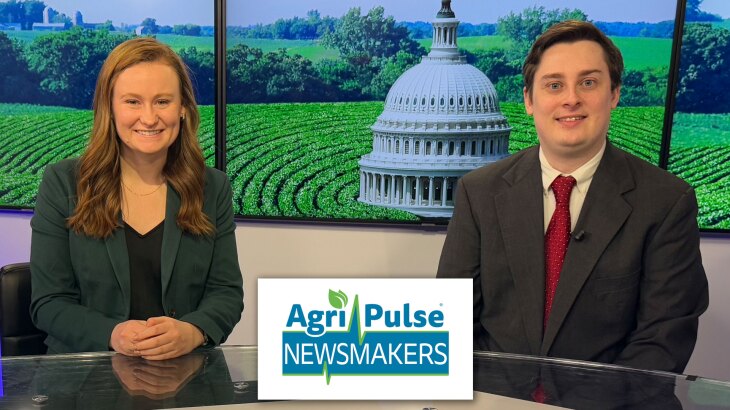Hurricane Helene made landfall as a Category 4 Storm, leaving significant impacts on agriculture across the southern region.
The storm has already resulted in widespread power outages and loss of trees, compounding the challenges farmers already face from previous storms like Hurricane Michael.
According to University of Georgia many growers, still recovering from earlier disasters, are now bracing for severe agricultural losses as the storm’s strong winds and heavy rains have likely damaged crops and disrupted operations.
The Florida Fruit and Vegetable Association reported that the tropical storm-force winds could lead to significant crop losses, and as citrus growers and shippers stay on high alert, many took proactive measures to protect their crops.
Most growers halted field work and focused on enhancing drainage systems to manage the heavy rain, high winds, and potential storm surge.
The storm will dump a lot of rain on states preparing for cotton harvest. The crop is already seeing condition declines from previous weather events.
Cotton bolls are more than 60% open in states like Alabama, Georgia, and Florida. All of which are currently in the path of Hurricane Helene.
Heavy rain this late in production is soaked up by the plant’s valuable lint, decreasing the crop’s quality and quantity.
Things are also looking grim for dry land growers in one of the largest-growing cotton regions in the country.
Louis Barbera with VLM Commodities recently took to the fields in Texas, describing the challenges he saw growers facing there.
“Speaking on the crop itself. The further north you went, there seemed to be much better, but you’d get to a line, Plainview south where it just— the bolls just weren’t as big and you could see how the weather took its toll. It never ceases to amaze me how twenty days in August could cause a million bale swing on a Texas crop. And I mean, that’s the truth... It just can change so rapidly, and that’s exactly what happened. As far as the challenges, I’m not going to tell you anything you don’t know about the water. Even people with water don’t really have the pressure to keep up with the heat. There’s just— you can’t irrigate away 105 degree heat for days on end,” Barbera explains.
He says that he is holding out hope that adjusters are favorable as they take to the fields this fall, with dry land producers facing prices that could unfortunately be career enders.








